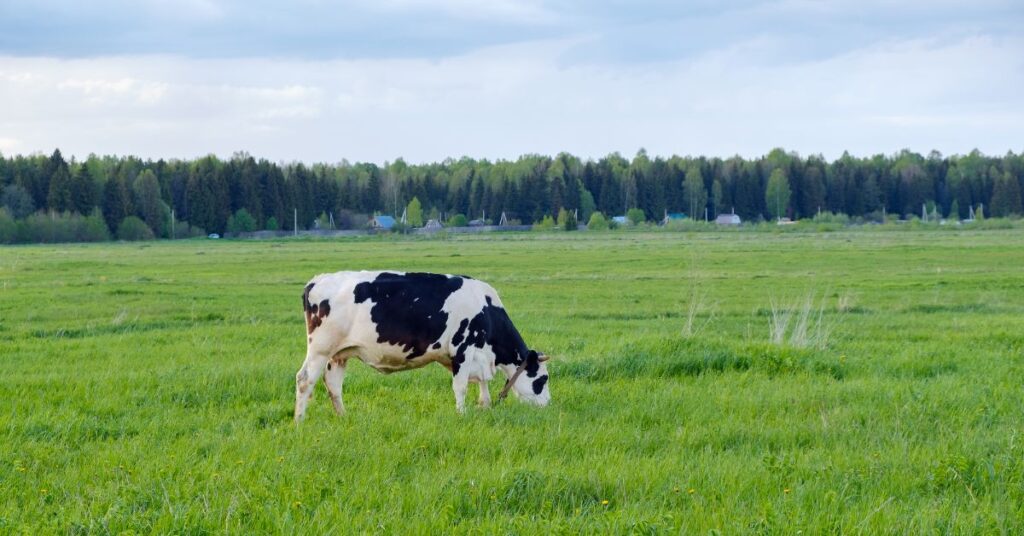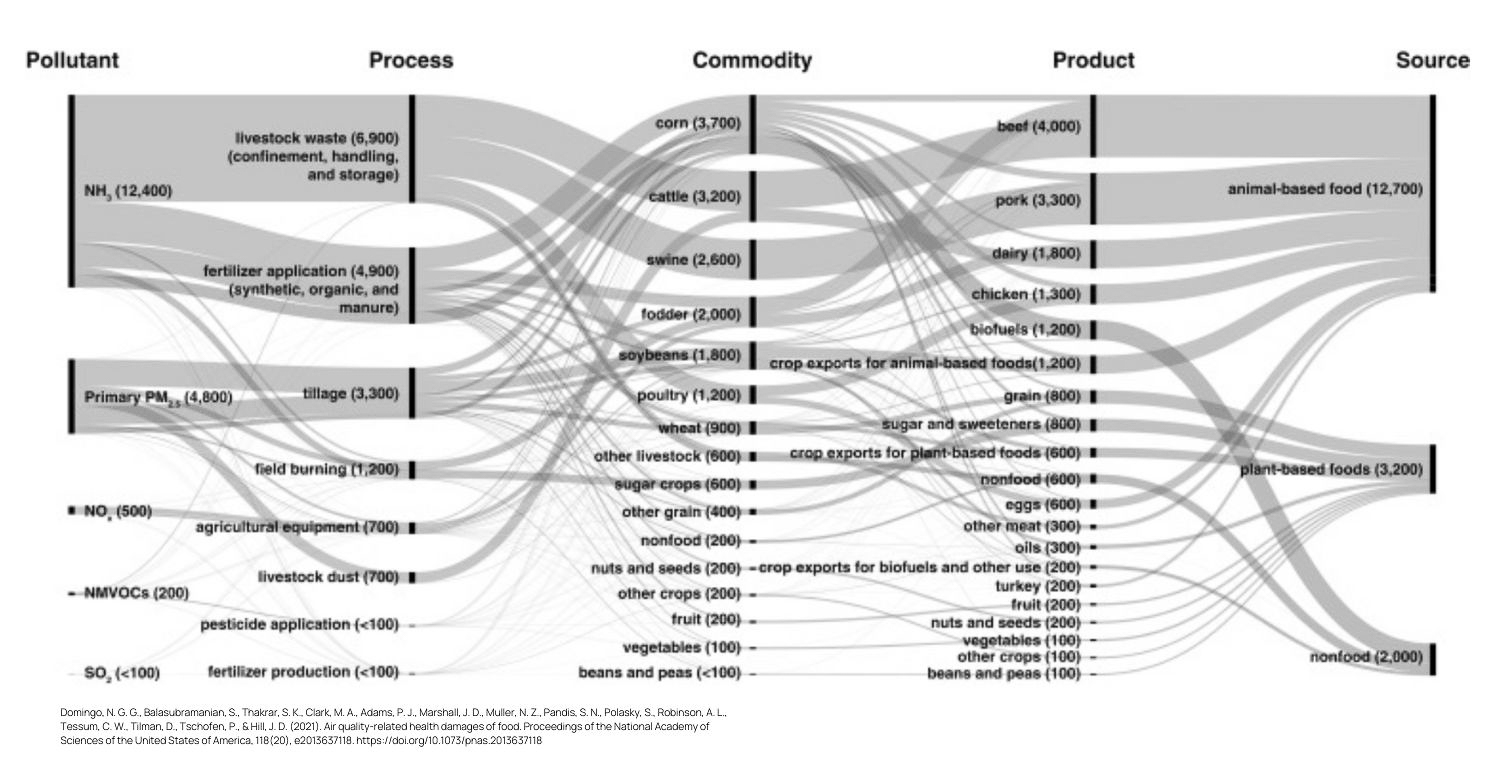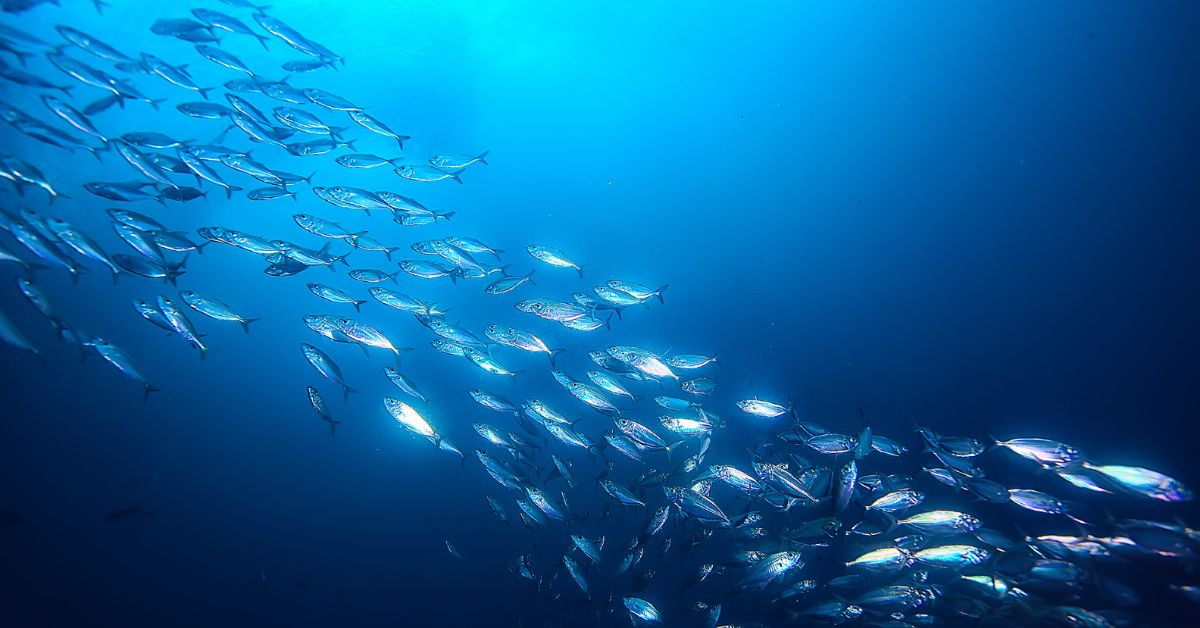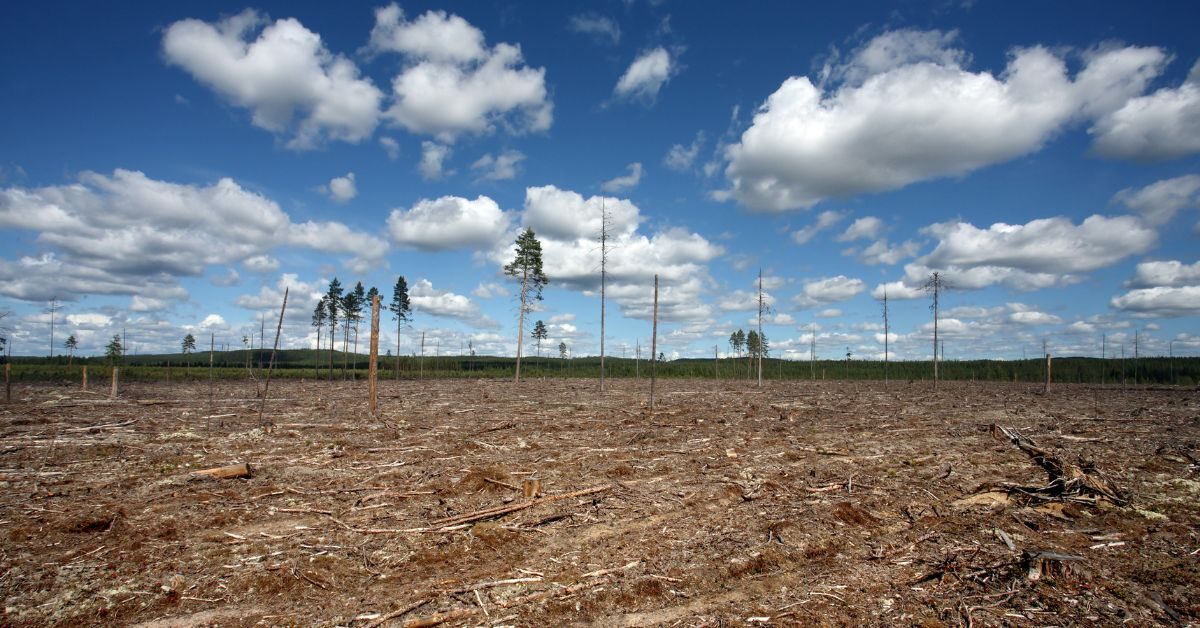

For a long time, we have understood that agriculture is a major contributor to air pollution, but only recently has there been an effort to determine the relative impact of specific foods or diets.
According to a recent report, agricultural production accounts for roughly 17,900 deaths in the United States from air pollution alone.[1] Of those, 15,900 are related directly to food production, and 80 percent of deaths related to food production are attributable to animal-based foods, whether from rearing livestock or growing animal feed. The authors conclude: “Dietary shifts toward more plant-based foods that maintain protein intake and other nutritional needs could reduce agricultural air quality-related mortality by 68 to 83%.”
Livestock operations contribute to air pollution mainly by producing excess waste in concentrated animal feeding operations (CAFOs). More than 168 gasses are emitted from CAFO waste, including hazardous chemicals such as ammonia, hydrogen sulfide, and methane.
Livestock are generally inefficient in converting feed to animal products: 50–80 percent of excess nitrogen is excreted as waste. The 1.6 billion animals raised in the United States’ 25,000 factory farms produce an estimated 885 billion pounds of manure annually.[2] This waste is stored and disposed of in anaerobic manure lagoons before being spread, untreated, onto agricultural fields. And because this nitrogen-rich material—potentially full of harmful compounds—is treated as a non-point source of pollution, it requires no permit, making tracking these waste flows nearly impossible.[3]
As microbes break down the excess waste in anaerobic conditions, ammonia releases into the atmosphere. According to the US EPA, agricultural activities are the number one contributor to ammonia emissions. Once emitted into the atmosphere, ammonia is typically deposited in the rain near its point of origin, creating nutrient imbalances harmful to crops and aquatic systems, leading to acidification and eutrophication. This phenomenon is visible in the acidic conditions in the Rocky Mountains and the toxic algae blooms in Lake Erie.
Ammonia also often binds to other atmospheric pollutants, forming potentially harmful aerosols. For example, it will commonly interact with nitric and sulfuric acids to form aerosols. These harmful aerosols account for 47 percent of fine particulate matter (PM2.5)[4] and can lead to the formation of hazy conditions affecting atmospheric visibility. When bound in more stable conditions, these aerosols can persist for up to 15 days in the atmosphere before depositing themselves at further distances, causing human and animal respiratory issues.[5]
Waste products from CAFOs are, by and large, regulated at the state level, which usually translates to minimal regulation. Catering to industry, states often institute lax regulatory regimes on water and air quality. This is especially noticeable in Iowa, North Carolina, and California—states with the most CAFOs, where laws exempt animal feeding operations from various rules governing industry, such as municipal waste management, solid waste management, and manufacturing regulations.
Unfortunately, the connections between livestock production and air pollution have been largely invisible, making it difficult to grasp the full extent of livestock production’s impact on the environment. But make no mistake—the lack of regulatory regimes directly impacts the communities nearby these facilities and the environment more broadly. Accurately evaluating and accounting for these impacts will be critical to eliminating the unnecessary suffering and death caused by air pollution in the United States and globally.

References
- Domingo NGG, Balasubramanian S, Thakrar SK, et al. Air quality-related health damages of food. Proc Natl Acad Sci U S A. 2021;118(20):e2013637118. doi:10.1073/pnas.2013637118
- Food & Water Watch. Factory farm nation: 2020 edition. April 2020. https://www.foodandwaterwatch.org/wp-content/uploads/2021/03/ib_2004_updfacfarmmaps-web2.pdf
- Ritter WF. Reducing impacts of nonpoint source pollution from agriculture: a review. Journal of Environmental Science and Health. 1988. Part A: Environmental Science and Engineering, 23:7, 645-667. DOI: 10.1080/10934528809375441
- Anderson N, Strader R, Davidson C. Airborne reduced nitrogen: ammonia emissions from agriculture and other sources. Environ Int. 2003;29(2-3):277-286. doi:10.1016/S0160-4120(02)00186-1
- Aneja VP, Chauhan JP, Walker JT. Characterization of atmospheric ammonia emissions from swine waste storage and treatment lagoons. J. Geophysical research. 2000;105(D9):11535–11545.
Copyright 2025 Center for Nutrition Studies. All rights reserved.
Deepen Your Knowledge With Our
Plant-Based Nutrition
Certificate
Plant-Based Nutrition Certificate
- 23,000+ students
- 100% online, learn at your own pace
- No prerequisites
- Continuing education credits



